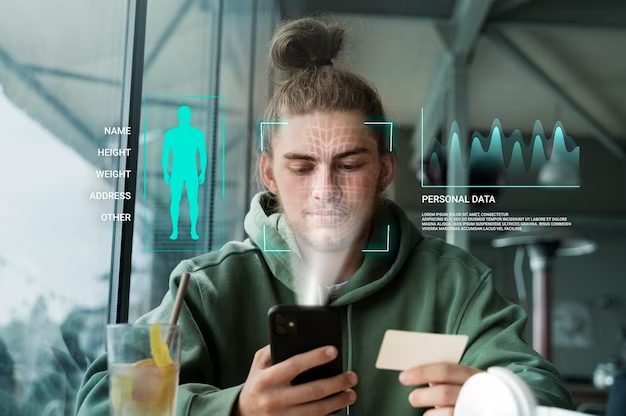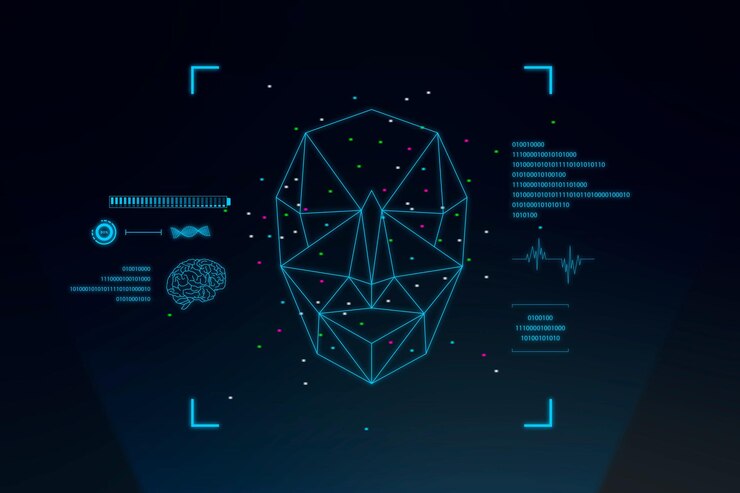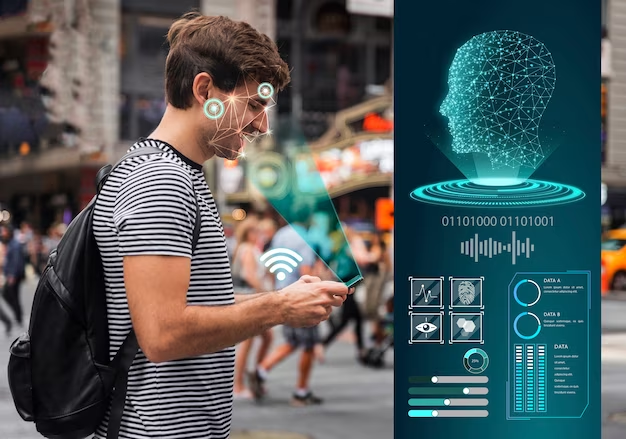Eum ad dolor et. Autem aut fugiat debitis
Read More
The deployment of a sophisticated Wildlife Animal Detection System has become critically important. Utilizing state-of-the-art technology, including AI, this system can identify and track wildlife movements in real time. By issuing prompt alerts to communities, it facilitates proactive actions to safeguard both people and animals. This proposal highlights the strong rationale for implementing such a detection system, focusing on its enduring advantages for communities, wildlife conservation, and sustainable development. By effectively managing human-wildlife interactions, we can nurture coexistence and foster a harmonious relationship between humans and nature, ultimately aiding in the preservation of our planet’s diverse ecosystems.
Learn More



Attendify is an innovative software solution that streamlines attendance and visitor management process using AI-powered facial recognition technology. Ideal for business environments, industrial sectors, corporate offices, and educational institutions, Attendify facilitates seamless entry and efficient visitor management. By eliminating queues and manual processes, it provides effortless and hassle-free experience for all users.
Learn More


